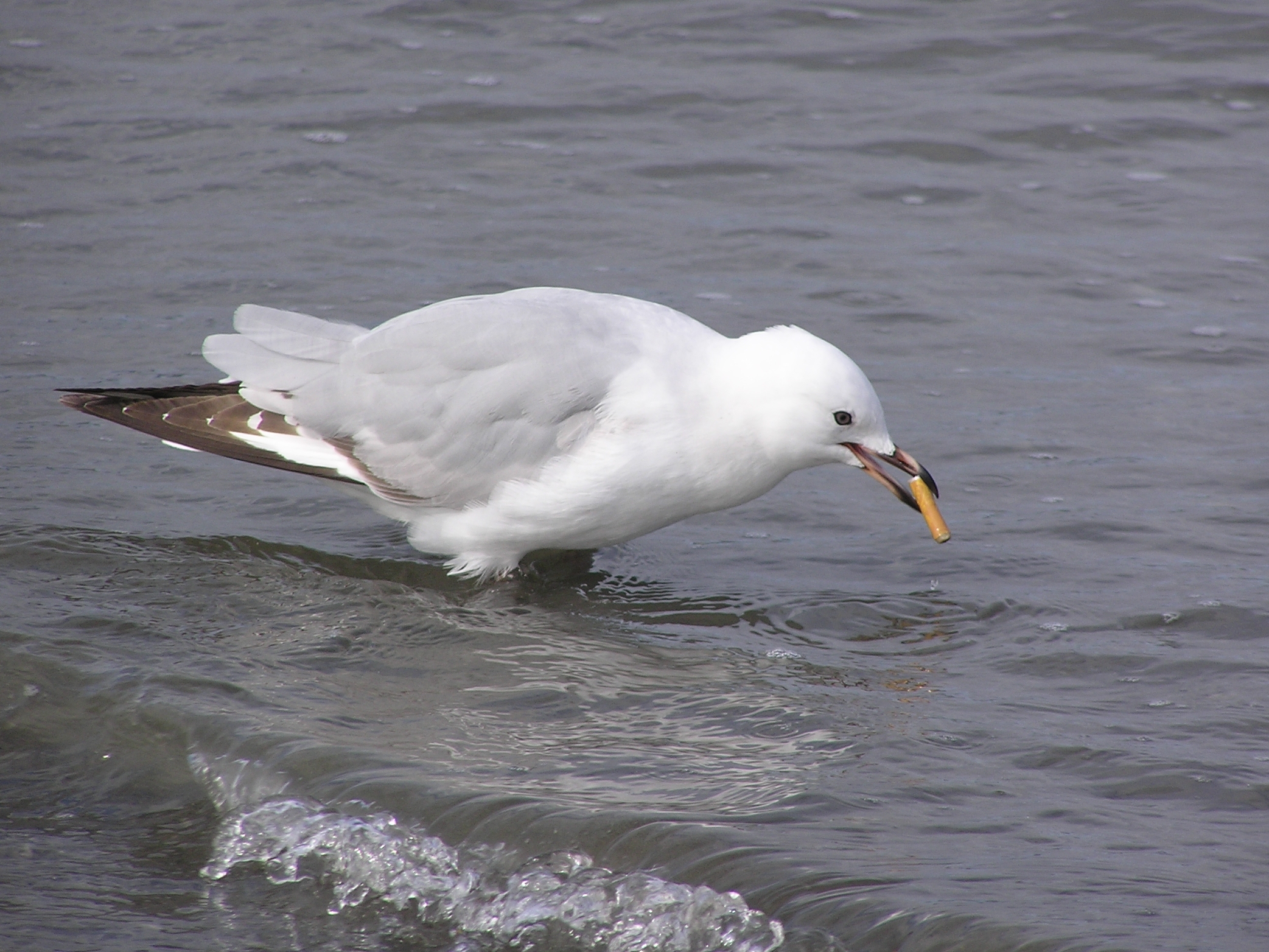One of the most incredible things about peafowl is how well these birds thrive in the suburbs. There were hundreds in Arcadia, CA, where I studied them, and every once in a while I hear about some other town where they’ve taken over – Orange County, Palos Verdes, Miami – they even disperse and occasionally pop up somewhere new (like here, or here). I’ve been told that in India (where the species is originally from), flocks also tend to settle down in villages. (And the name for a group of peafowl? A muster!) And peacocks are now on the cover of a book on urban birds1.
So what makes peafowl so much better at urban living than other, similar species?
It could be that they’re catholic about their diets, or that they’re tolerant of a broad range of environmental conditions2. Other research has suggested that, in mammals at least, successful invaders tend to have relatively large brains3 – possibly because a large brain confers the ability to respond flexibly to new situations. American crows fit this theory, as an urban success story with relatively large brains. But peafowl are some of the smallest brained birds out there, when you consider brain size relative to body size – and pigeons, starling and house sparrows aren’t particularly well-endowed, either. So what if it has more to do with how they use their brains to adapt?
A new study points to an intriguing benefit of city life for some birds, and it has me wondering about learning as a mode of urban adaptation. Apparently, some urban birds use cigarette butts to build their nests – and researchers have now shown that the cigarette butts actually improve the living conditions for young birds.
The researchers, led by Monserrat Suárez-Rodríguez at the National University of Mexico, studied house sparrows and house finches in Mexico City. They found that the birds would incorporate as many as 40-50 cigarette butts right into their nests4. The butts – which consist of the leftover cigarette filter made of cellulose fibre – would make excellent insulation. Suárez-Rodríguez showed that they also have a pesticide-like effect against blood-sucking mites that often prey on young birds. By collecting nests from across the university campus, Suárez-Rodríguez and her coauthors were able to show that the more cigarette butts a nest contained, the fewer the mites.
The researchers also ran an experiment to confirm that the butts were responsible for this protective effect. They placed heat traps (small electric heat sources) into the nests. These devices will attract hungry blood suckers. In this case, the traps were also outfitted with cigarette filters: some from fresh cigarettes, and some from cigarettes that had been smoked (by an artificial smoking robot, for scientific consistency!). They found that the traps with fresh, unsmoked filters attracted more mites.
So the mites don’t mind fresh filters, but they avoid the used ones, which are laced with nicotine – an alkaloid poison that probably evolved to deter the natural enemies of tobacco plants. We already knew that some bird species use aromatic plant material in their nests, possibly to reap the benefits of these pesticide-like effects5. Now city birds have hit on a new way to do this using our trash.

A young red-billed gull gets a taste of a butt. Photo by Tony Willis on Wikimedia Commons.
This is a fantastic example of adaptation going on right under our noses. House sparrows are literally everywhere, on every continent except Antarctica thanks to human population expansion. Every major city in North America has literally thousands nesting just over our heads. How long have they been picking up butts? Is this behaviour limited to certain regions? How many other species do it?
And how did they figure it out? We don’t yet know whether a preference for cigarette butts is a genetic adaptation or a learned response, but learning – especially from the nest you grew up in – would be a good way to pass on this type of tradition. Research on starlings suggests that both instinct and this type of early-life learning, known as imprinting, are probably involved in the development of preferences for different types of nest material6. And this type of learning doesn’t take a big brain.
So I can’t help but wonder whether peacocks, and other city-dwellers, do so well because they’re generalists about the kind of things they learn. And will this become increasingly important as we continue to manufacture new objects, and habitats, in the future?
Further Reading
- Lepczyk and Warren. 2012. Urban Bird Ecology. University of California Press.
- Bonier et al. 2007. Biology Letters 3: 670-673.
- Sol et al. 2008. American Naturalist 172: S63-71.
- Suárez-Rodríguez et al. 2012. Biology Letters.
- Shutler and Campbell. 2007. J. Avian Biology 38: 7-12.
- Gwinner and Berger. 2008. Animal Behaviour 75: 971-976.